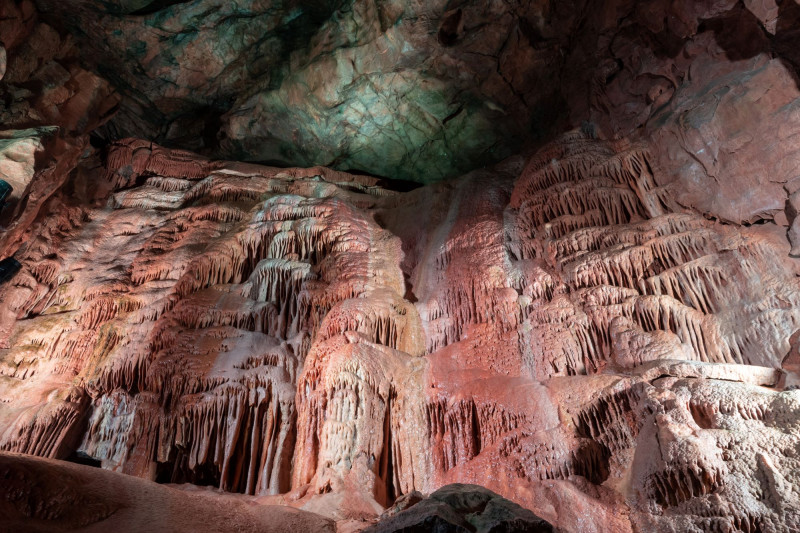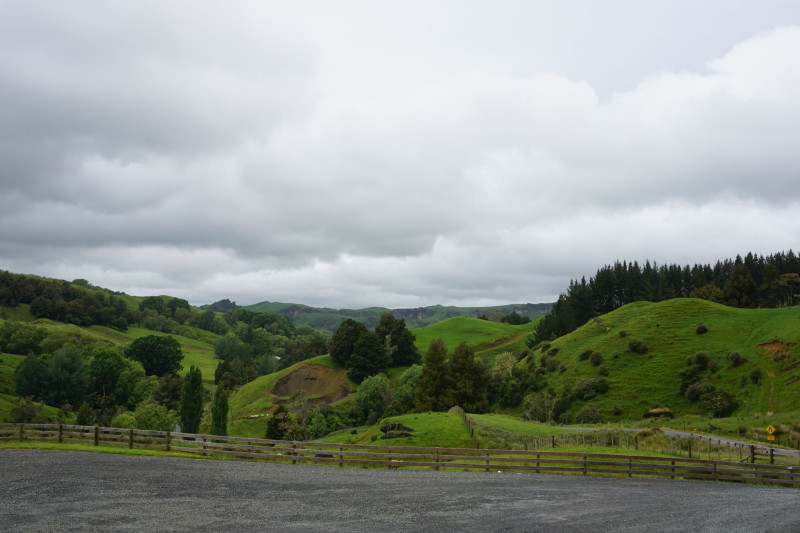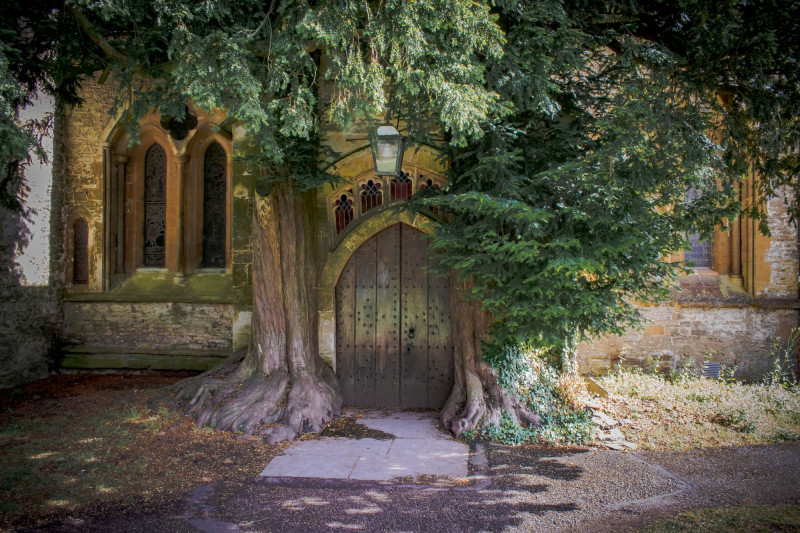The locations of Middle Earth aren’t as… eerie as you might think
JRR Tolkien’s work The Lord of the Rings is one of the leading works of modern English literature and one of the most famous films in world cinema. The adventures of the Fellowship of the Ring take place in the fantastical realm of ‘Middle Earth’, with breathtaking landscapes.
But the locations of Middle Earth aren’t as… eerie as you might think. According to the BBC, many of them are based on real-world locations, and visiting them brings to life both the landscapes themselves and the fictional worlds that inspired Tolkien to create.
Tolkien’s “path”, Lancashire, England
While writing The Lord of the Rings in the 1940s, Tolkien lived briefly at Stonyhurst College, a prestigious boarding school in Lancashire where his son was a teacher.
The aged writer often walked through the woods and rolling hills of the surrounding Ribble Valley and is believed to have been inspired by the Shire, the small rural hobbit village.
Today, fans can explore the area on the Tolkien Trail, which opened in 2002 and takes hikers through the very landscapes that inspired the author.
Tolkien’s maps, meanwhile, depict the convergence of three rivers – the Shirebourne, the Withywindle and the Brandywine – in a way that exactly mirrors the meeting of the rivers Hodder, Ribble and Calder here in Lancashire.
In addition, St Mary’s Church in the nearby village of Newchurch-in-Pendle bears an unusual feature: An eye-shaped sculpture in the middle of the tower, known as the Eye of God, which resembles the all-powerful Eye of Sauron from the books and Lord of the Rings movies.
Cheddar Gorge: Somerset, England
For example, in 1971 Tolkien confirmed in a private letter (published in 1981 as part of The Letters of JRR Tolkien) that the caves of Cheddar Gorge inspired the “Shining Caves of Helm’s Deep” in The Lord of the Rings.
Visit Gough Cave, the most famous of Cheddar’s caves, and you’ll probably recognize elements of Tolkien’s description of the glowing caves: “Caves of white and saffron and August rose, grooved and twisted into dreamlike forms.”
Denize Bluffs: Waitomo, New Zealand
Die-hard LOTR fans will instantly recognize Denize Bluffs, an area of towering rock formations and wild bush in New Zealand’s North Island.
This landscape appears in the prequel film The Hobbit: An Unexpected Journey as Trollshaws, a hillside forest where Bilbo Baggins encounters some hostile trolls.
Also, the landscape serves in the television series as part of the home of the Harfoots, the protagonists of the hobbit series.
Stow-on-the-World: Gloucestershire, England
Tolkien – deeply religious – spent his working life as a professor at Oxford University and is known to have frequently visited the nearby Cotswolds, a picturesque region of villages, rolling hills and imposing churches.
One of these churches, St Edward’s Church in the market town of Stow-on-the-Wold, has long been identified as a possible source of inspiration for Tolkien. Also, its northern door is one of the most photographed doors in the country.
Fiordland: South Island, New Zealand
View this post on InstagramA post shared by Jose Luis Cantabrana Garcia (@jl_cantabranagarcia)
The entire “Lord of the Rings” film series was filmed in New Zealand, the homeland of director Peter Jackson.
The rivers and forests of Fiordland – a region of green slopes and snow-capped mountains that dip into glacially carved creeks – feature prominently in the films.
This is New Zealand’s most pristine and biodiverse area, so it’s no surprise that Jackson chose it to represent some of the wildest parts of Middle Earth.
Source :Skai
I am Frederick Tuttle, who works in 247 News Agency as an author and mostly cover entertainment news. I have worked in this industry for 10 years and have gained a lot of experience. I am a very hard worker and always strive to get the best out of my work. I am also very passionate about my work and always try to keep up with the latest news and trends.













